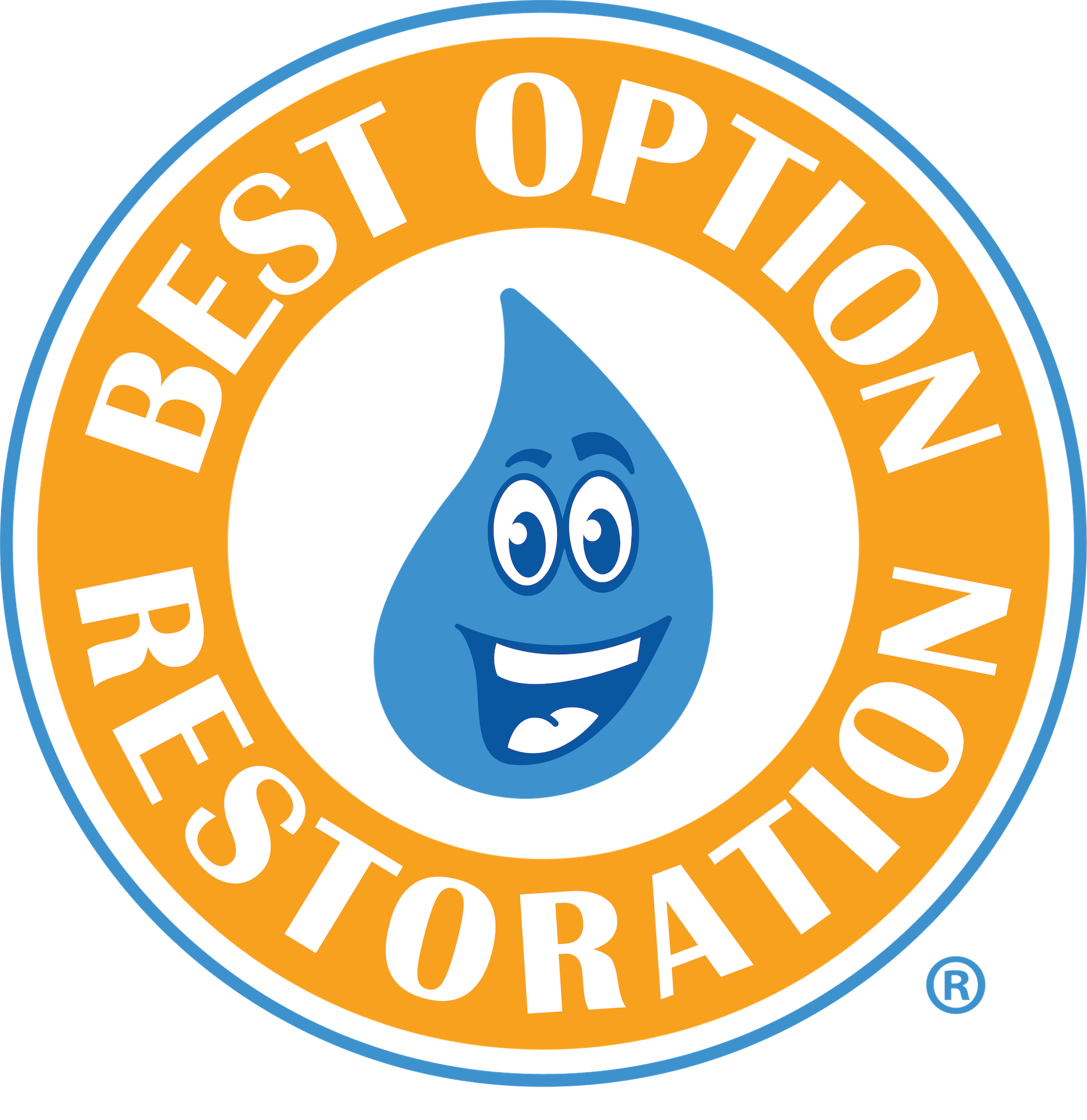How to clean after a fire.
Fire and Soot Cleaning
Fire and soot cleaning typically refers to the process of cleaning up after a fire, including removing debris, ash, and soot that may have been left behind. This type of cleaning can be necessary in both residential and commercial settings, and is often performed by professional cleaning companies.
The process of fire and soot cleaning typically begins with an assessment of the damage to the property. This can include a thorough inspection of the affected area, including any structural damage that may have occurred as a result of the fire.
Once the assessment is complete, the cleaning process can begin. This may involve removing debris and damaged materials, such as furniture or carpeting, and disposing of them properly. The remaining surfaces and materials will need to be cleaned and sanitized, including walls, floors, ceilings, and any remaining items that can be salvaged.
Soot is a black, powdery substance that can be created during the combustion of organic matter, such as wood, coal, or oil. Soot particles are very small and can easily become airborne, which can lead to a variety of health and environmental effects. Here are some of the effects of soot:
1. Respiratory problems: Breathing in soot can cause a range of respiratory problems, including coughing, wheezing, shortness of breath, and asthma attacks. Soot particles can irritate the lungs and cause inflammation, which can make it difficult to breathe.
2. Cardiovascular problems: Soot exposure has been linked to an increased risk of cardiovascular problems, including heart attacks and strokes. Soot particles can enter the bloodstream and cause inflammation in the blood vessels, which can lead to atherosclerosis and other cardiovascular problems.
3. Environmental effects: Soot can also have environmental effects, such as reducing visibility, staining surfaces, and contributing to climate change. Soot particles can absorb and scatter sunlight, which can reduce visibility and create a haze. Soot can also stain surfaces, such as buildings and monuments, and contribute to the degradation of materials. Additionally, soot is a major contributor to climate change, as it can absorb and trap heat in the atmosphere.
4. Fire hazards: Soot buildup in chimneys, flues, and exhaust systems can create a fire hazard. Soot is highly combustible and can easily ignite if it accumulates in a confined space.
Overall, soot can have a range of negative effects on human health, the environment, and fire safety. It is important to take steps to minimize soot production and exposure, such as using clean-burning fuels, properly maintaining heating and exhaust systems, and wearing protective gear when working around soot.
In addition to cleaning, fire and soot restoration may also involve repairing or replacing damaged structures and materials. This can include repairing walls, roofs, and floors, as well as replacing damaged electrical and plumbing systems.
Overall, fire and soot cleaning can be a complex and challenging process, but it is essential for restoring the safety and functionality of a property after a fire. It is important to work with a professional cleaning and restoration company that has experience in this area to ensure that the job is done correctly and thoroughly.

